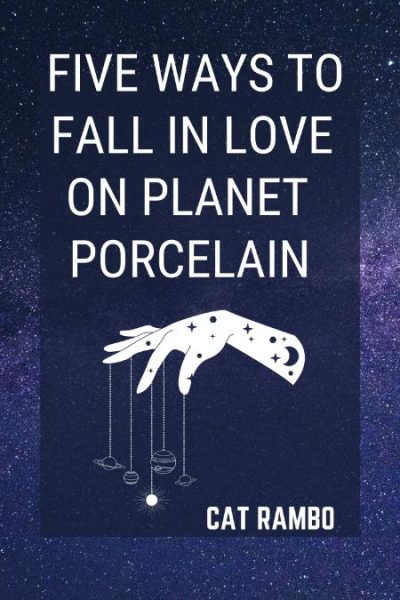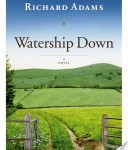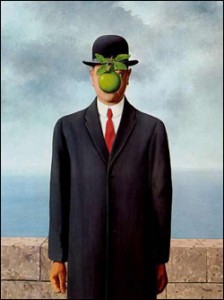
I love the texture of steampunk and have been enjoying seeing continued riffs on a theme that has a long way to go before it’s played out. Here’s six that I’ve enjoyed in the past couple of years. It is by no means an exhaustive list, but each of these bring in aspects of other genres in a way that showcases how much life such a mixture can produce.
Clockwork Lives by Kevin J. Anderson and Neil Peart The book description had me at “steampunk Canterbury Tales” and it’s got some of that adventure’s flavor as it moves along following the adventures of Marinda Peake as she strives to make her life worthy of her father’s legacy. I picked up the lovely hardcover version of the book, which is very prettily put together, complete with facsimile marbled endpapers, high-grade paper, and nice illustrations.
City of the Saints: A Scientific Romance in Four Parts by D. J. Butler There’s a frenzied genius to Butler’s cast of characters, which includes Richard Burton, Samuel Clemens, and Edgar Allen Poe, all turned into intelligence agents vying with each other and the agents of the Kingdom of Deseret against a background of a Utah transmogrified by the steampunk filter into something rich and tangily textured. This book is fun not just for the quick-paced story but as an alternate history that plays with a number of known characters in ways that only add to their legendary nature.
The Emperor’s Edge by Lindsay Buroker. Buroker is a great example of what indie publishing can be. I came to her Emperor’s Edge series because she’d offered the first one free for the Kindle. Smart strategy on her part, because they’re fun fantasy romps that are addictive as crack, with a cast of characters that are entertaining and engaging, and a slow simmering love story that stretches out over the course of the series.
The Clockwork Dagger by Beth Cato. The Clockwork Dagger is the first of a series; the sequel appeared this June. Another strong romantic subplot, but the focus is the journey of Octavia Leander as she struggles to understand her growing healing powers. It’s an unexpectedly satisfying book, and I’ve got the sequel queued up and in my TBR pile.
Cold Magic by Kate Elliot. The first of a terrific trilogy, this combines epic adventure and steampunk as the orphaned Catherine Barahal travels through a pseudo-Victorian world caught up in the middle of social upheaval. One of the joys of big fat fantasy book series is knowing that you’re in for a good, long ride, and Elliott delivers that in spades. (And if you haven’t read her before, you’re welcome. She’s one of the underestimated fantasy writers, IMO.)
A Thousand Perfect Things by Kay Kenyon. Kenyon writes some of the best social science fiction around, and here she turns that skill to steampunk. The warring countries of Anglica and Bharata meet on a mystical bridge that spans the sea distance between them, and the description of that mode of travel continues to resonate in my head as one of the most interesting landscapes fantasy has to offer.
Crooked by Richard Pett. Imagine Lovecraftian steampunk, with machineries of flesh and rot, and mysterious elixirs of immortality, and you might come close to Crooked. Eerie and wonderful, it’s a marvelous and chilling read that shows how steampunk Cthulhu can becomes.
And here’s a bonus that I ran across while researching links for this post, and found a must-buy: The Diabolical Miss Hyde, by Viola Carr. The description made it irresistible. I love books that pay tribute to classics by reworking them in interesting ways, and Dr. Jekyll and Mr. Hyde is a particular favorite of mine. I’ve saving this read for sometime when I want to curl up and lose myself for a while.
#sfwaauthors #sfwaauthor










6 Responses
RT @Catrambo: You Should Read This: 6 Enjoyable Steampunk Titles: http://t.co/AI541t45Bc
RT @Catrambo: You Should Read This: 6 Enjoyable Steampunk Titles: http://t.co/AI541t45Bc
You Should Read This: 6 Steampunk Stories http://t.co/YuuiQ285bl
RT @Catrambo: You Should Read This: 6 Steampunk Stories http://t.co/YuuiQ285bl
RT @Catrambo: You Should Read This: 6 Steampunk Stories http://t.co/YuuiQ285bl
6 enjoyable steampunk titles: http://t.co/YuuiQ285bl